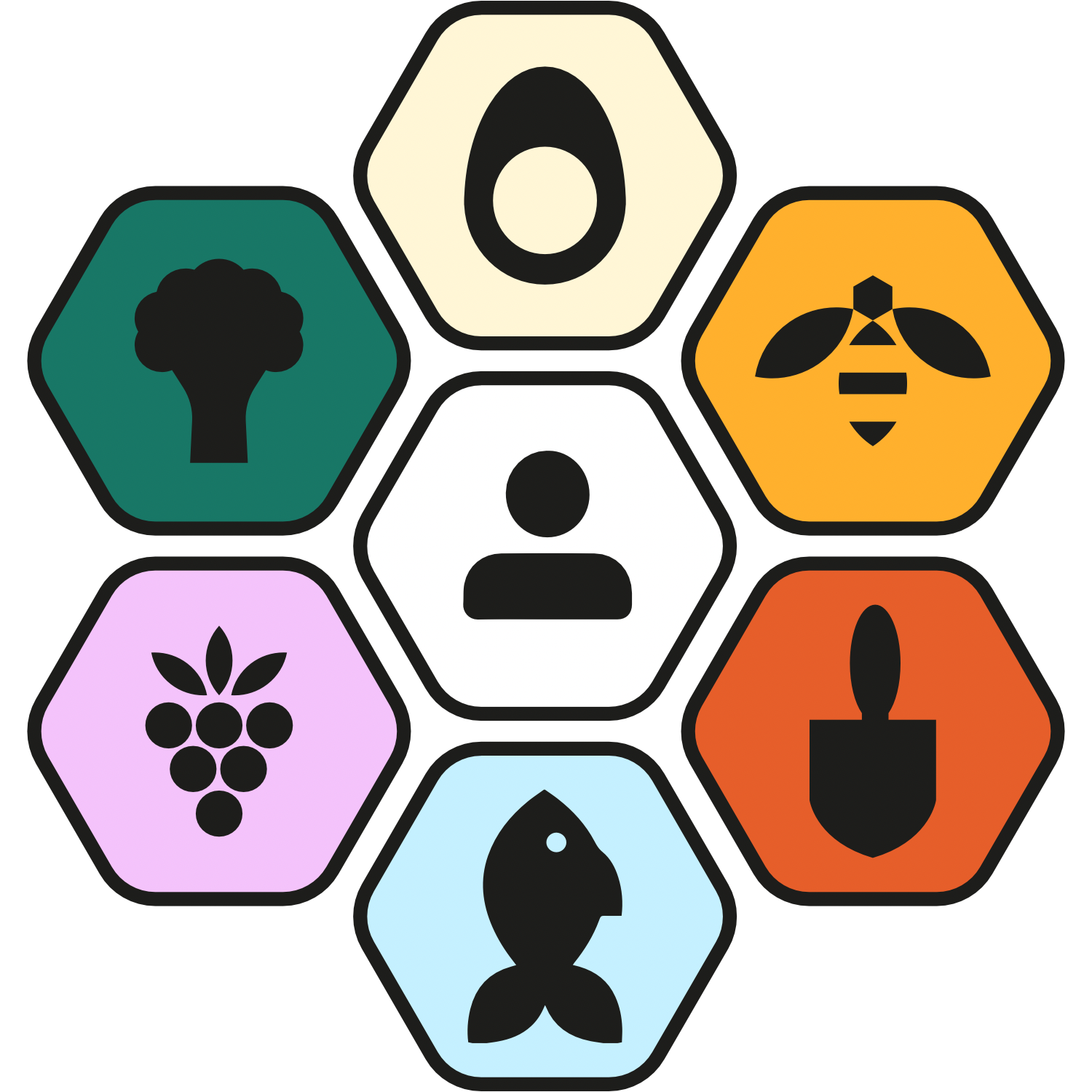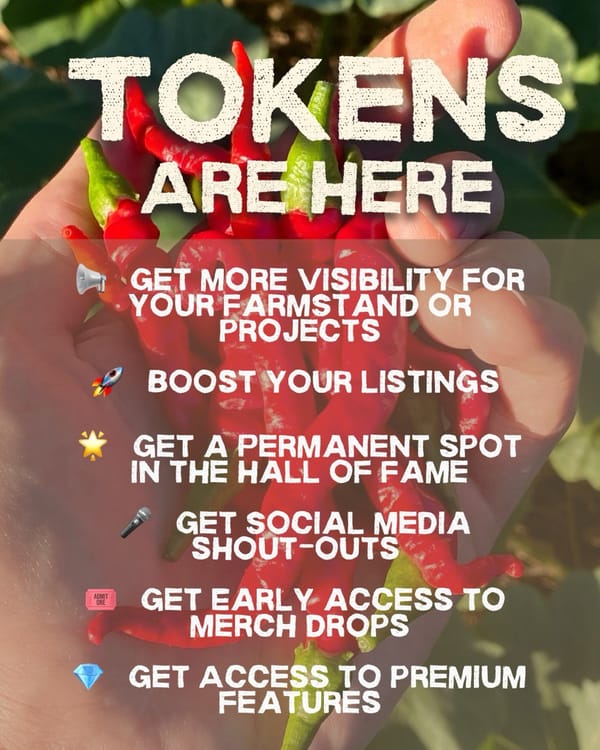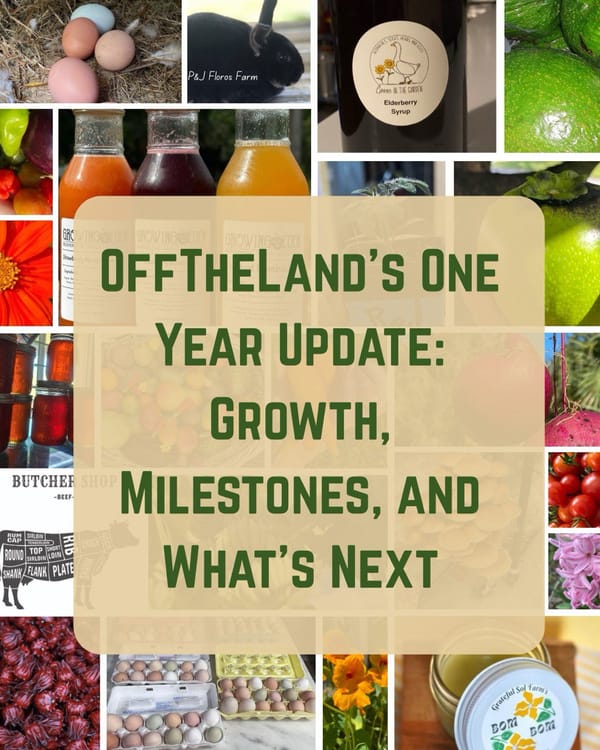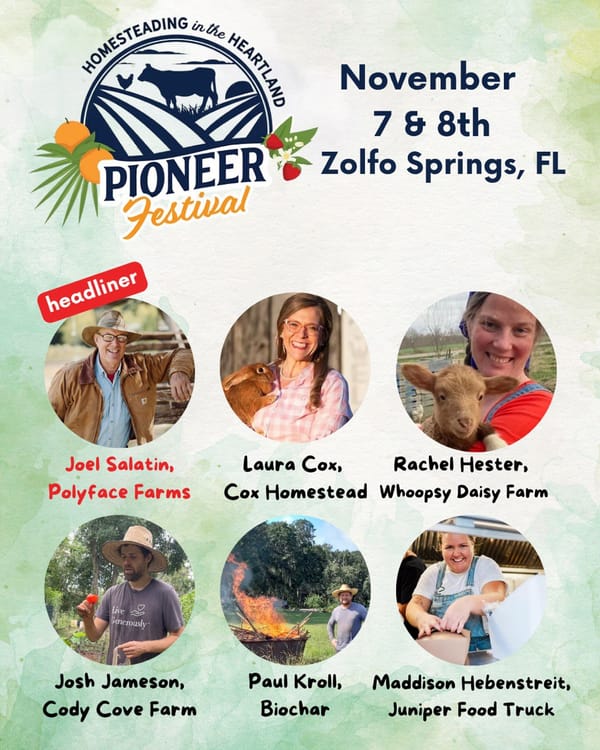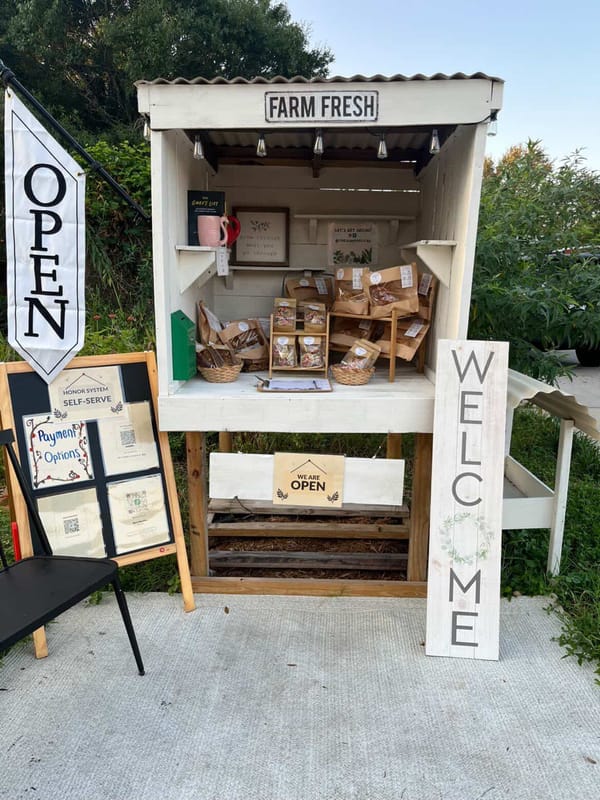Why Useless Lawns Are Out and Food Forests Are the Future
It's a ritual of waste that drains our time, money, soil, biodiversity—and health. Then we go buy sad, tasteless produce, grown in nutrient-depleted soil thousands of miles away, picked unripe, sprayed with preservatives, and trucked across the country.

Drive through any American neighborhood and you’ll see it: endless rows of grass. Perfect little green carpets stretching across quarter-acre to two-acre lots. Meticulously mowed, heavily watered, doused in synthetic fertilizers, and completely useless. Not food. Not habitat. Not medicine. Just grass.
The Cost of Keeping Up Appearances
We’ve normalized a system where millions of people spend billions of dollars and an estimated 800 million gallons of gasoline per year, to maintain decorative plots of land that do nothing but mimic a fantasy of elite wealth. Meanwhile, 40% to 60% of synthetic fertilizers go unused, running off into storm drains, rivers, lakes, and oceans, fueling algal blooms that kill fish and pollute entire ecosystems. It's a ritual of waste that drains our time, money, soil, biodiversity, and health. Then we go buy sad, tasteless produce, grown in nutrient-depleted soil thousands of miles away, picked unripe, sprayed with preservatives, and trucked across the country. They look like food, but they’re shadows of what food should be.
And all the while, we’re sitting on land with enormous potential.
What If Every Yard Gave Back?
Imagine if every home grew just one fruit tree. One delicious, hardy heirloom that became part of your family’s story. What if you were known for your figs, your pomegranates, or your mulberries instead of your lawncare subscription? If everyone grew just one productive thing and shared the overflow, we’d build a living, breathing economy right where we live. No shipping. No branding. No middlemen. Just neighbors nourishing neighbors.
And with just a little intention, these yards could become mini food forests—layered ecosystems of fruit trees, herbs, berries, pollinator plants, and perennial vegetables that regenerate the soil and feed the community. That’s why we built OffTheLand.net which is a free platform where anyone can buy, barter, sell, or share food, herbs, compost, seedlings, handmade goods, and anything else grown or made off the land. No gatekeepers. No fees. Just people growing real things and building local resilience together. The lawn is a performance (a spectacle). A costly tradition imported from aristocratic estate culture. But your land doesn’t have to be a costume. It can be a contribution.
Instead of topiary and turf, grow food, medicine, and biodiversity. Instead of importing your meals, grow a few, and trade for the rest! Even one small food forest in every neighborhood could change everything. This isn’t about going backward. It’s about moving forward, into a post-AI world where the most meaningful systems will be human, local, and real!
The Real American Dream
They told us luxury was maintaining something we don’t need. But real luxury is stepping outside and picking a lemon from your own tree. Wealth isn’t a number, it’s living soil, shared harvests, and trusted neighbors. So next time you're fertilizing your lawn, ask: What would happen if I planted something edible instead?
Next time you’re at the store, ask: Could I have traded with someone nearby for something fresher? (Very good chances that the answer is not only "yes", but "yes and you would be getting a much better deal for your health & wallet"). The future isn’t fake turf and imported lettuce. The future is Off The Land.
So plant your fruit tree. Become known for something nourishing. And let’s start building the world we actually want: right here, right now, together.
